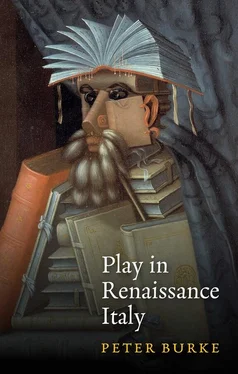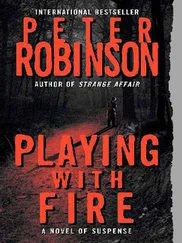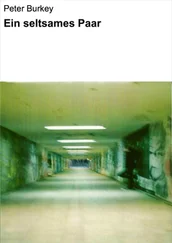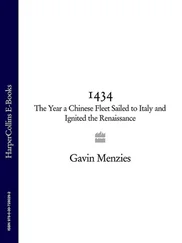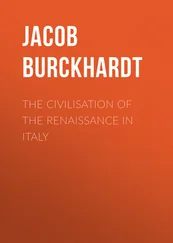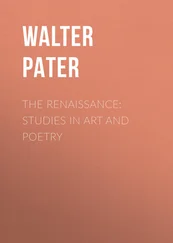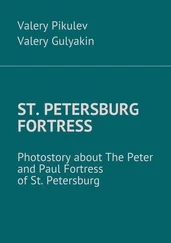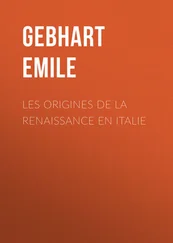What follows makes use of the work of all three theorists, but, unlike them, it is concerned not with universal principles of play but with its forms and roles in a specific culture in a specific period. Many games are international – more exactly, they have been internationalized. In contrast, fun or humour, like some wines, does not travel well. What is considered playful in a given culture or a given historical period may not be found amusing in another.
To avoid this problem, one might define play as a bundle or, better, a system of practices that are recognized as playful in a particular culture. The practices resemble one another like members of a family, who share various traits though any one of these traits may be lacking in a particular individual. It may be easier to recognize what counts as play by thinking about what is excluded (the process of exclusion is discussed in Chapter 6). In Renaissance Italy, playful practices were distinguished from serious ones, and play was often justified as light relief from the serious business of everyday life as well as an escape from boredom.
However, as Huizinga for one was well aware, there are no fixed borders between play and the surrounding culture. ‘The contrast between play and seriousness is always fluid.’ 9For example, what was a joke for the joker and the bystanders might be a deadly serious offence from the point of view of the victim. The satires of the Renaissance were playful in form but serious in content, aimed at the destruction of the person targeted. Popular protest often took place during festivals, especially Carnival, and it made use of carnivalesque forms such as cross-dressing, masks and joyous violence, but the goals of the protest were serious ones. Ambiguity was common and might even be the purpose of the game. The sixteenth-century garden of Bomarzo, to be discussed in Chapter 5, was filled with stone monsters and images of the underworld that probably provoked fear as well as laughter. One of the aims of the reformers of play was to eliminate ambiguities, drawing clear distinctions between what was playful and what was serious, as well as between what was permissible and what was not.
In our own culture, most of us recognize playfulness most of the time, though not always – hence the frequency of the remark ‘just kidding!’. In the case of other cultures, past or present, recognition is more difficult. To assist in this task, we need to study the language of play in different times and places.
In English, ‘play’ is a term that includes playing the violin, playing cards, playing the game, playing the fool, playing tricks, horseplay, child’s play, foreplay and playhouses. Even fountains play. Around this vague but central keyword (necessarily vague, like the term ‘culture’, precisely because it is central), we find diversion, entertainment, facetiousness, fun, games, jokes, mockery, pleasantries, pranks, ridicule, teasing and trickery.
The equivalent central term in Huizinga’s Dutch was spel . In the French of Caillois, it was jeu . In Italian, the central term was and is gioco , referring to a spectrum of meanings, from joy via jests, games and plays to insult and deceit, not forgetting sexual intercourse. 10The medieval Italian terms ludere and ludo were less frequent and had a more restricted meaning – more or less, ‘game’ (although the term ludicro , like the English ‘ludicrous’, reminds us of the links with humour). In this respect, Italian was the opposite of classical Latin, where ludus was the central term while the term iocus , like the English ‘joke’, was limited to wordplay. 11
As in English, the Italian keyword was surrounded by a periphery of associated terms. Some of these described the effects of play, frequently mentioned in the defences discussed in Chapter 4: effects such as allegria (‘joy’), diletto (‘delight’), diporto (‘sport’), divertimento (‘diversion’), passatempo (‘pastime’), piacevolezze (‘pleasantries’), recreazione (‘recreation’), riposo (‘relaxation’), sfogo (‘release’), solazzo (‘solace’), spasso (‘fun’), svago (‘distraction’), trastullo (‘pleasure’) and trattenimento (‘entertainment’).
What these terms have in common is their opposition to noia , at that time a word with a range of meanings for unpleasant feelings such as sadness and anxiety. To poets, the contrast and the rhyme of gioia and noia proved irresistible. Annoiare meant ‘to bother someone’, while noisoso meant ‘fussy’. In Renaissance Ferrara, the ruler built a villa near the city and named it Schifanoia, ‘avoid noia ’. Although life was absurdly short, as Renaissance poets regularly remarked, time often hung heavily on people’s hands, to judge by the popularity of terms such as passatempo or fuggilozio (‘avoid idleness’ – or, perhaps, ‘find something to do’). The idea of boredom is said to have emerged only in the eighteenth century, but it is surely hiding behind some of the terms listed above, together with ‘tedious’ ( tedioso ). 12
Other terms were more precise. Inganno meant ‘deceit’, itself a keyword that will recur in this essay, just as the practice recurred in Italy at this time. Burla was defined by Castiglione in his famous Book of the Courtier ( Il Cortegiano ) as ‘a friendly trick’ ( un inganno amichevole ). The literary term ‘burlesque’ is derived from it, and a leading comic poet of the sixteenth century, Francesco Berni, was described by a colleague as ‘master and father of the burlesque style’ ( maestro e padre del burlesco stile ). Beffa refers to a practical joke, a common practice in Renaissance Italy – a word that generated related terms such as the adjectives beffardo and beffabile . The term scherzo ranged from child’s play to adult wit.
An important cluster of words centred on the idea of madness ( pazzia ) and included ‘oddities’ ( bizarrie ), ‘caprices’ ( capricci ), ‘whims’ ( ghiribizzi ) and ‘eccentricities’ ( stravaganze ), all terms that may now seem negative but were used at the time in a positive manner as well. They were associated with jesters and clowns ( buffoni ), some of them much admired at court as well as in the piazza, and also with creative individuals such as Leonardo, whose ghiribizzi are described in the life of the artist by Giorgio Vasari. These terms were also employed on the title-pages of comic texts as a kind of advertisement. Take the case of the Venetian comic actor Andrea Calmo, whose letters were published under the title Cherebizzi (a dialect form of ghiribizzi ), while his verses were described as concerned with ‘ridiculous and bizarre subjects’ ( soggetti ridicolosi e bizzarri ). Calmo’s contemporary Alessandro Caravia, a goldsmith and a comic poet, recounted the exploits of a sympathetic ruffian under the title Naspo Bizzarro (1565).
In the Middle Ages, only a few of these terms were in use, among them buffone, derisione, diletto, diporto, giocare, ludere, recreazione, solazzo, spasso, svagare (‘to amuse’) and trastullo (‘pleasure’). A witty saying was already described as a motto , while to produce one was known as motteggiare . In the fourteenth century, the writer Giovanni Boccaccio used the words beffa, festevole (‘light-hearted’), piacevole (which meant ‘witty’ as well as ‘courteous’), scherzare, trastullare (‘to deceive’) and trattenimento , (‘entertainment’).
Читать дальше
